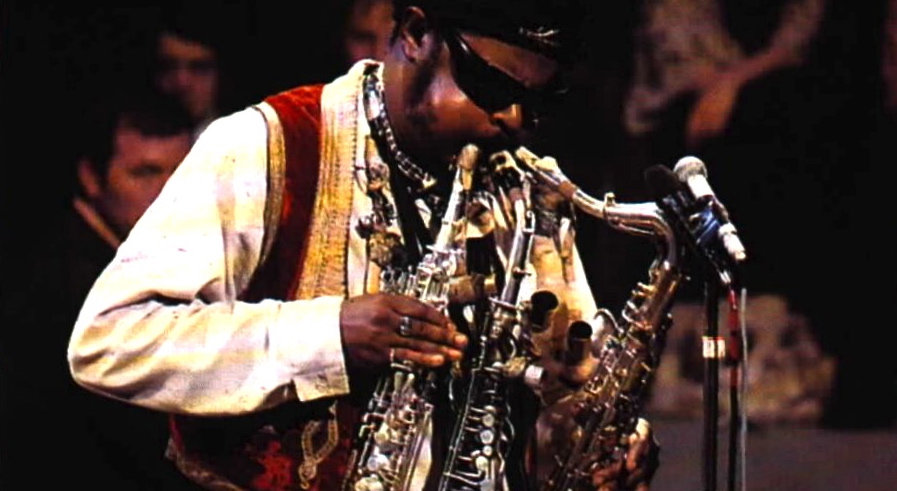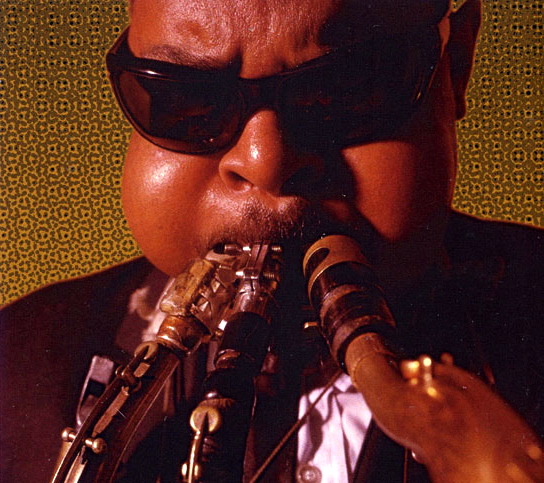
Kirk was an immensely creative artist; perhaps no improvising saxophonist has ever possessed a more comprehensive technique — one that covered every aspect of jazz, from Dixieland to free — and perhaps no other jazz musician has ever been more spontaneously inventive. His skills in constructing a solo are of particular note. Kirk had the ability to pace, shape, and elevate his improvisations to an extraordinary degree. During any given Kirk solo, just at the point in the course of his performance when it appeared he could not raise the intensity level any higher, he always seemed able to turn it up yet another notch.
Arguably the one of the most exciting saxophone soloist in jazz history, Kirk was a post-modernist before that term even existed. Kirk played the continuum of jazz tradition as an instrument unto itself; he felt little compunction about mixing and matching elements from the music’s history, and his concoctions usually seemed natural, if not inevitable.
Kirk played and collected a number of musical instruments, mainly various saxophones, clarinets and flutes. His main instruments were a tenor saxophone and two obscure saxophones: the manzello (similar to a soprano sax) and the stritch (a straight alto sax lacking the instrument’s characteristic upturned bell). Kirk modified these instruments himself to accommodate his simultaneous playing technique. He typically appeared on stage with all three horns hanging around his neck, as well as a variety of other instruments, including flutes and whistles, and often kept a gong within reach. Kirk also played harmonica, english horn, recorders and was a competent trumpeter.

Kirk was also an influential flautist, employing several techniques that he developed himself. One technique was to sing or hum into the flute at the same time as playing. Another was to play the standard transverse flute at the same time as a nose flute. Kirk was also a major exponent and practitioner of circular breathing. Using this technique, Kirk was not only able to sustain a single note for virtually any length of time; he could also play 16th-note runs of almost unlimited length, and at high speeds.
Some observers thought that Kirk’s bizarre onstage appearance and simultaneous multi-instrumentalism were just gimmicks, especially when coming from a blind man, but these opinions usually vanished when Kirk actually started playing. He used the multiple horns to play true chords, essentially functioning as a one-man saxophone section. Kirk insisted that he was only trying to emulate the sounds he heard in his mind.
